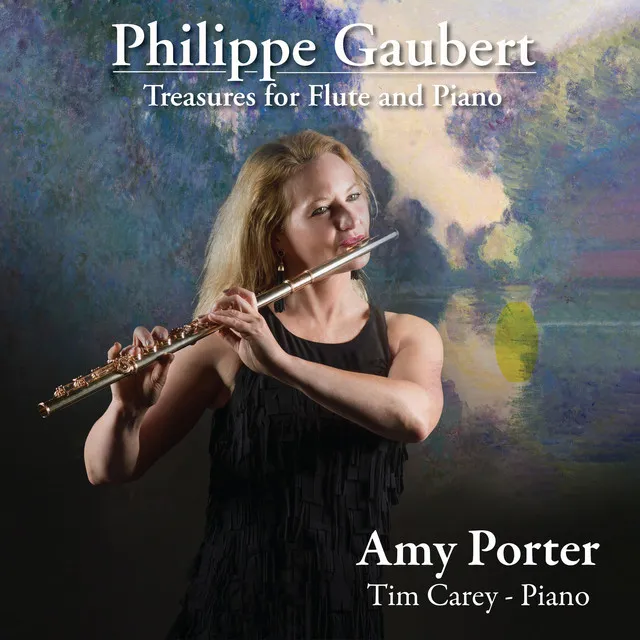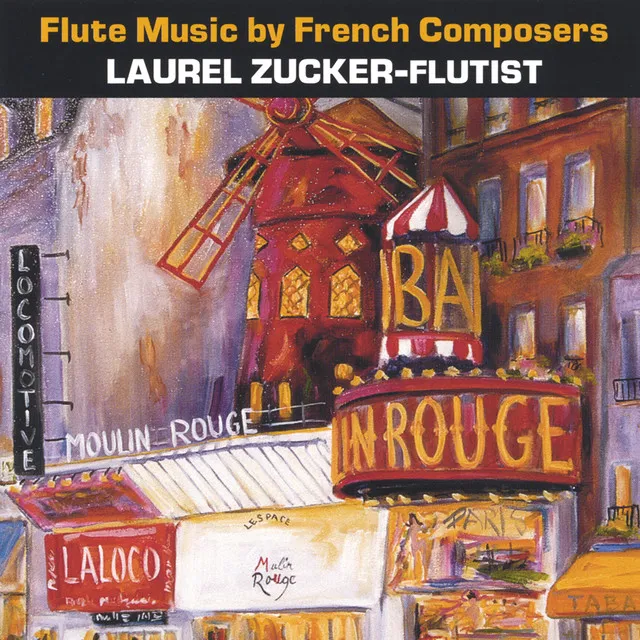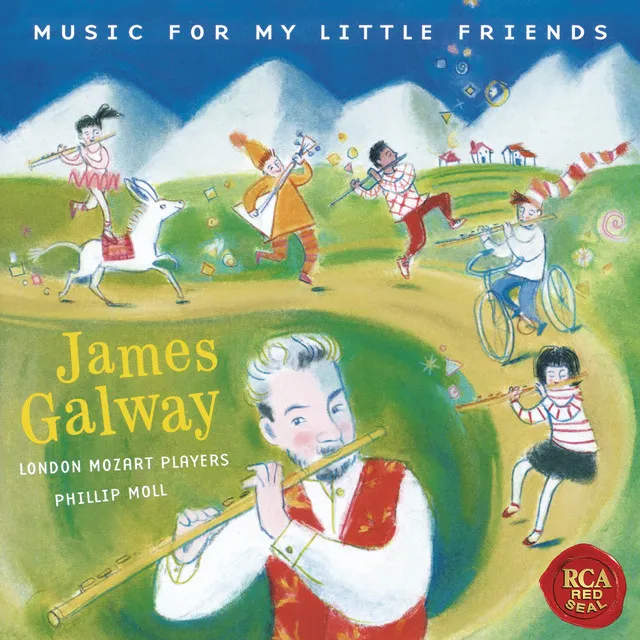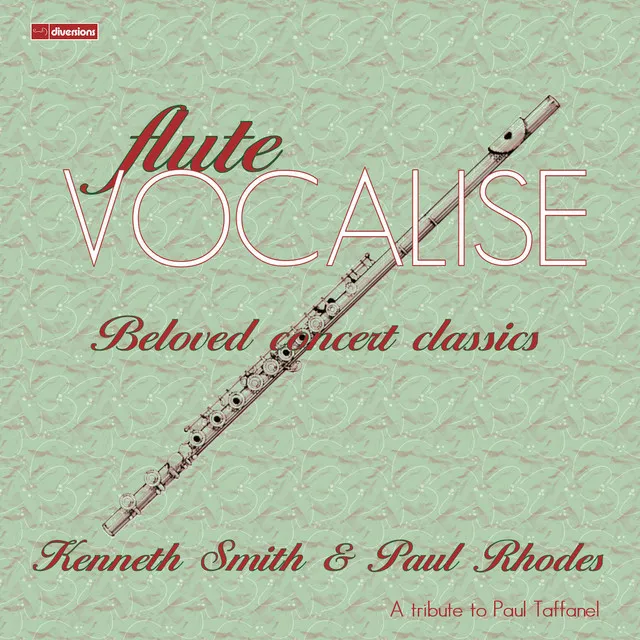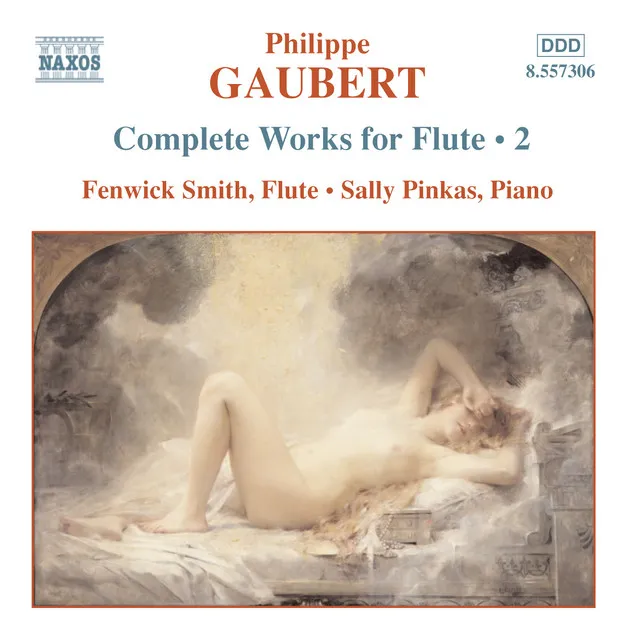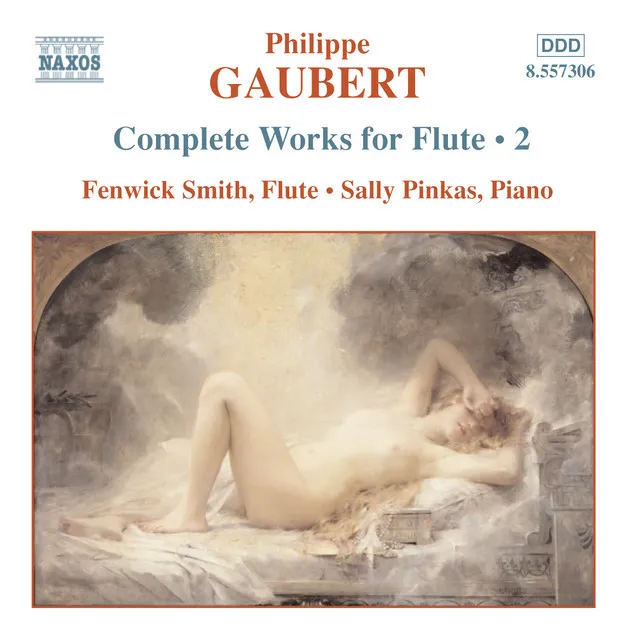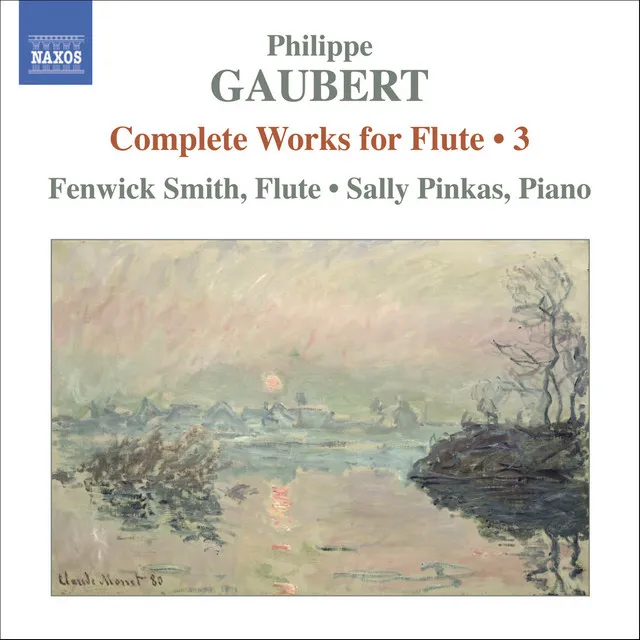Philippe Gaubert was a French flutist, conductor, and composer of the early 1900s. He was one of the most influential musicians in Paris, and his catalog of flute music continues to be a valuable resource for contemporary flutists. He was born in Cahors, France in 1879. His father worked as a cobbler and was also a skilled amateur clarinetist, and his mother worked as a housekeeper. He and his family moved to Paris when he was very young, and at the age of six, he began accompanying his mother to some of her clients' houses while she worked. One of these clients happened to be the famous flutist, Paul Taffanel, who offered to teach Gaubert. He studied the flute privately with the master flutist for four years, and then he attended the Paris Conservatoire, where Taffanel was appointed professor of flute in 1893. At the conservatory, Gaubert resumed his lessons with Taffanel and he won the premier prix for flute. He also became a composition student of Raoul Pugno and graduated from the conservatoire after only one year. Then he continued lessons with Taffanel, and he also studied composition and counterpoint with Xavier Leroux, Georges Caussade, and Charles Lenepveu. By 1897, he had joined the Paris Opéra and the Societe des Concerts du Conservatoire and earned the reputation of a respected soloist. Six years later, he was elected to the post of assistant conductor for the Concerts du Conservatoire, and in 1905, he won second place in the Prix de Rome competition. His career as a musician was temporarily paused when he was called into military service at the beginning of World War I. After being discharged from for contracting a respiratory illness around 1918, Gaubert returned to the Conservatoire as a professor of flute, and he also made his first (and only) recordings as a flute soloist. He continued to record into the 1930s, but in the role of conductor. In 1920, he was appointed musical director of the Paris Opéra, and he began teaching at the École Normale de Musique. However, his teaching schedule proved to be too demanding, and he ceded his position at the conservatoire to his student, Marcel Moyse. During this time Gaubert also collaborated with Louis Fleury on an instructional method book for flute, which remained among the top pedagogical resources for student flutists into the new millennium. Gaubert eventually became the artistic director for the Paris Opéra in 1931, and he stayed in this position until 1940. He passed away in 1941 after suffering a stroke just hours before he was to conduct the premiere of his ballet Le Chevalier et la Damoiselle. ~ RJ Lambert, Rovi
